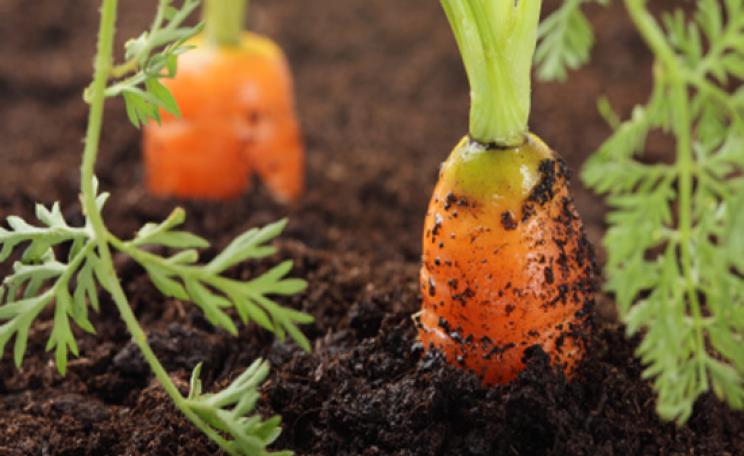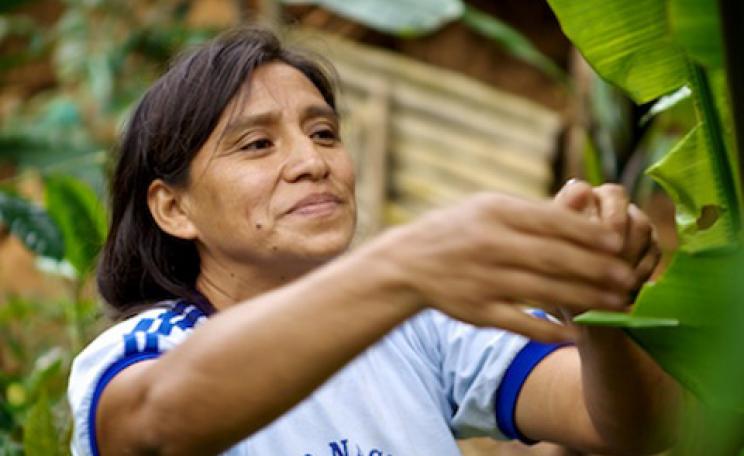Breastfeeding provides all your baby’s nutritional needs for up to the first six months of their life. As a newborn’s digestive and immune system are still immature, continuous breast-feeding helps prevent food allergies, eczema, asthma and hay fever. While all babies are different, weaning from milk to solids usually begins between four and six months. As babies grow more rapidly in the first year than at any other time in their lives, they need a diet high in calories and nutrients.
Arguably the best way to provide nutritious meals for weaning babies is to make them yourself at home. According to Annabel Karmel, author of the Complete Baby and Toddler Meal Planner, by making your own baby food at home you can be sure that:
• only the best-quality, freshest ingredients are used – with no artificial additives;
• you save money, as home-made purées are much cheaper than buying commercial brands;
• nutrients such as vitamins remain in your baby’s food; nutrients are lost in the processing of many pre-prepared baby foods;
• your baby is introduced to a wide range of foods: this is important in establishing avaried and healthy diet; and
• your baby is introduced to at-home family meals, as you can prepare vegetables for your baby’s purée alongside those you are preparing for the rest of the family – just leave out the seasoning.
Beginning weaning: the best fresh foods for your baby
Fruits: Apple, pear, banana, peach, papaya and avocado
Vegetables: Carrot, pumpkin, swede, parsnip, butternut squash, sweet potato, green beans, caulifl ower, peas and broccoli
These foods are easily digestible and are the least likely to create food sensitivity problems.
• Ensure that your fruit and vegetables are local (apart from the banana and papaya), seasonal and, if possible, organic. For convenience, join a weekly box scheme or visit your nearest farmers’ market.
How to prepare:
1) Steam the vegetables or fruits until tender (takes between four and 10 minutes, depending on the ingredient). This retains much more of the vitamins than boiling.
2) Purée the fruit or vegetables in a mouli or a food processor. A mouli separates the food from the seeds and tough fibres, which are difficult for babies to digest. A food processor is convenient for larger quantities, but food may also need to be sieved afterwards to remove any seeds and skin.
3) Let the food cool and then serve.
Rather than preparing small amounts at a time, you can plan baby menus ahead and prepare enough for a few weeks’ in a few hours.
1) Prepare as above, then put extra food into small pots or ice-cube trays and place in the freezer. Baby food can be stored for up to eight weeks in a freezer.
2) To serve one meal, remove the relevant amount from the freezer and leave to defrost until heating over the stove. Let cool and serve.
Tips
• Don’t add sugar or salt to your baby’s food. Salt is harmful to a baby’s immature kidneys and sugar is habit-forming.
• Pressed for time? Foods such as mashed banana or avocado make delicious no-cook baby purées and can be made and eaten instantly.
• New foods can be introduced on consecutive days, unless there is a history of allergy in your family or you are concerned about your baby’s reactions to certain foods. In which case it is advisable to introduce each new food separately and then leave three days before introducing another food. One by one, introduce your baby to the fruits and vegetables listed above. Then combine fruit and vegetable purées and gradually introduce other fruits and vegetables.
• Annabel Karmel’s book, the Complete Baby and Toddler Meal Planner (Ebury Press, £12.99) includes more than 200 quick and healthy make-at-home recipes for
weaning babies and toddlers.
Ready-make organic alternatives
If you don’t have the inclination to make your own baby food, or are away from home and looking for a convenient alternative, try these organic, additive- and preservative-free products:
• Organico’s Babynat baby-food line
• All Good Stuff
• Baby Organix baby-food range
• Truuuly Scrumptious baby-food line
This article first appeared in the Ecologist June 2007
For ethical and sustainable suppliers of Food and Drink goods and services check out the Ecologist Green Directory here







